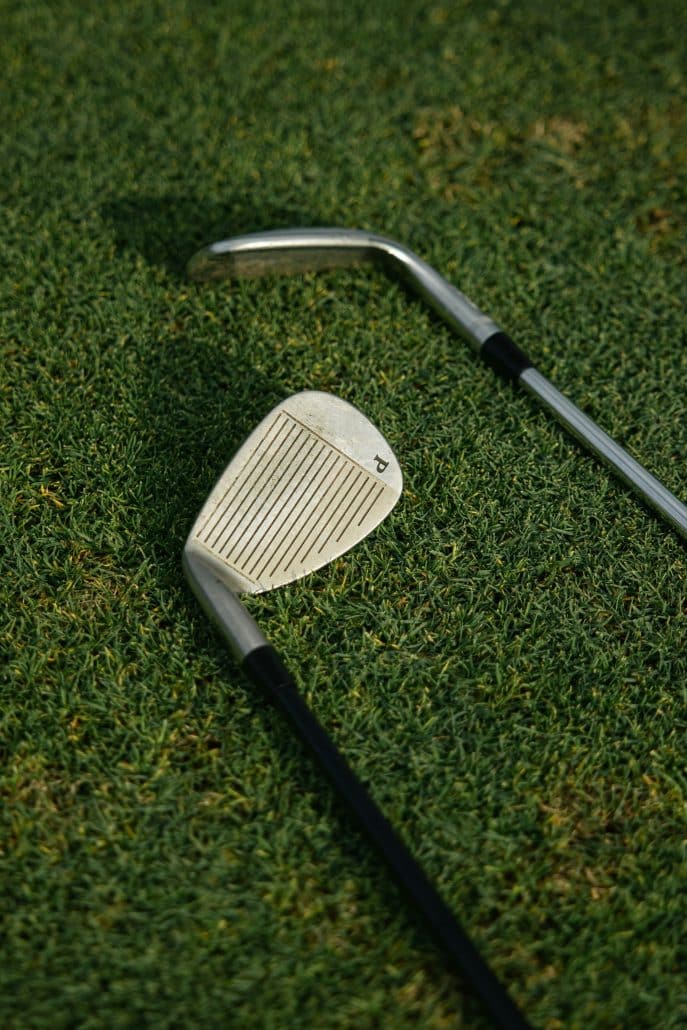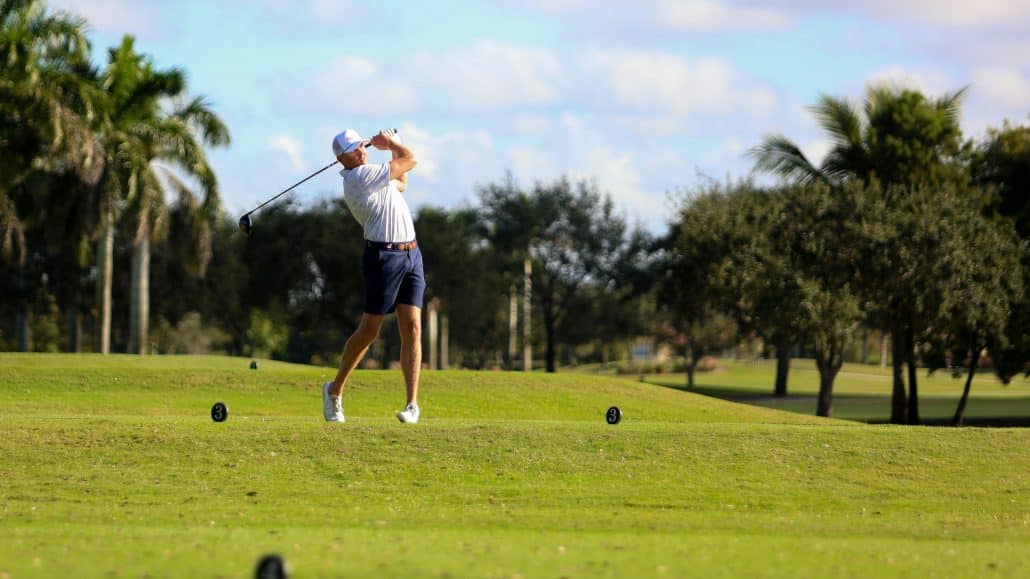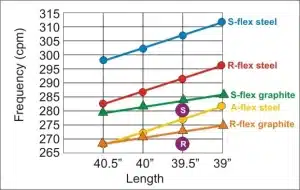Do you find yourself pondering the dilemma of whether to invest in custom-fitted golf clubs or simply purchase a standard set off the rack? This is a common question for both seasoned golfers and beginners alike, as choosing the right golf clubs can significantly impact your game. In this article, we’ll explore the ins and outs of both options to help you make an informed decision that best suits your needs.
Understanding Golf Club Fitting
Before making a decision, it’s essential to understand what golf club fitting entails. The process involves analyzing various aspects of your golf game, including your swing speed, style, and posture, to tailor clubs that perfectly match your physical characteristics and playing style. Professional fitters use precise measurements and specialized equipment to fine-tune everything from shaft length to grip type.
The Science Behind Golf Club Fitting
Golf club fitting is a science that combines biomechanics with individual player attributes. Experienced fitters consider factors like swing mechanics, body measurements, and even personal preferences. They employ advanced technology such as launch monitors to assess ball flight characteristics and make data-driven recommendations.
Benefits of a Custom Fit
Customized golf clubs offer several advantages. They can enhance your accuracy, consistency, and enjoyment of the game by ensuring your equipment complements your natural swing and playing tendencies. With clubs designed for you, you may experience improved distance, better control, and reduced injuries, contributing to a more fulfilling golfing experience.
Off the Rack Clubs: The Ready-to-Play Option
While custom fitting offers a tailored experience, off-the-rack clubs remain a popular choice due to convenience and accessibility. These clubs are mass-produced and readily available, catering to the general population with standardized specifications.
Advantages of Off the Rack Clubs
Off-the-rack clubs come with their own set of benefits. They’re usually more affordable and available for immediate purchase, allowing you to get started without delay. For beginners, renting or purchasing a basic set can be a practical way to begin golfing without a large initial investment.
Limitations of Standard Clubs
However, standard clubs may not accommodate individual variations in swing style or body dimensions. This can lead to inconsistent performance, as these clubs may not provide the same level of optimization that custom fitting offers. Beginners might not notice these differences immediately, but as skill levels progress, the limitations may become apparent.

Comparing Custom Fit vs. Off the Rack
To help clarify the distinctions, let’s examine the key differences between custom-fitted clubs and off-the-rack choices through a comparative analysis.
| Feature | Custom-Fitted Clubs | Off-the-Rack Clubs |
|---|---|---|
| Tailored to Individual | Yes | No |
| Cost | Higher, with fitting fees | Generally Lower |
| Time Required | Longer process | Immediate availability |
| Performance Optimization | Greater potential for improvement | More generic performance |
| Availability | Requires professional fitting service | Stocked in most golf shops |
When to Consider Getting Fitted
Deciding when to opt for a custom fit involves evaluating your skill level, dedication, and budget. Custom fitting is not limited only to professionals; it can benefit players of all levels looking to upgrade their equipment for better results.
Beginner Golfers
Even as a novice golfer, a custom-fitting session can provide valuable insights into your play style. Understanding your swing mechanics early on can set a solid foundation for improvement. If budget permits, starting with a custom fitting can prevent the need to replace equipment as you progress.
Intermediate to Advanced Players
For more experienced players, club fitting becomes increasingly crucial. As your game evolves, having clubs that do not fit your changing needs can hinder performance. Custom fitting can address specific goals, such as increasing distance or enhancing shot shaping, contributing significantly to your success on the course.

The Custom Fitting Process
Understanding what to expect from a custom-fitting session can help demystify the process and set the right expectations.
Initial Assessment
The fitting begins with an assessment of your current equipment, playing style, and any specific challenges you face on the course. Your fitter will discuss your golfing history and what you aim to achieve, providing a clear understanding of your needs.
Swing Analysis
Using high-tech equipment, the fitter analyzes your swing mechanics. This includes capturing data such as swing speed, launch angle, and spin rate. These insights form the basis for identifying the optimal specifications for your clubs.
Club Selection and Testing
Once the data is collected, your fitter will recommend specific club configurations for testing. You’ll have the opportunity to try different clubs on the range or simulator, allowing adjustments and fine-tuning based on real-time performance observations.
Common Misconceptions About Club Fitting
Despite the benefits, misconceptions about custom fitting can deter golfers from exploring this option. Addressing these misunderstandings can clarify the value of the process.
“It’s Only for Professionals”
A prevalent myth is that custom fitting is exclusive to professional golfers. In reality, any golfer can benefit from a custom fit, regardless of skill level. The personalization involved caters to individual needs rather than professional status.
“It’s Too Expensive”
While the upfront costs may be higher, the long-term benefits of improved performance and enjoyment can outweigh the initial investment. Additionally, many fitters offer packages that include discounts on purchased clubs.

Factors Influencing Your Decision
Several factors can influence whether you should opt for custom-fitted clubs or stick with off-the-rack options.
Budget
Your financial considerations will inevitably play a role. While custom fitting can be more expensive, it might align with your aspirations and long-term savings in performance improvement.
Commitment to Improvement
If you are determined to advance your skills and lower your scores, investing in tailored equipment can be a wise choice. Custom fitting aligns your gear with your goals, facilitating progress.
Playing Frequency
Consider how often you play. Frequent players may see more value in custom-fitted clubs, as the advantages can be more pronounced through regular use. Occasional golfers might prioritize convenience and cost-effectiveness.
Conclusion
Ultimately, the choice between custom-fitted and off-the-rack golf clubs depends on various personal factors. Custom fitting offers tailored solutions that enhance performance and playing experience, especially for those committed to honing their skills. However, for those just starting or playing casually, the convenience and cost-effectiveness of off-the-rack clubs may be more suitable. Weighing your priorities, budget, and commitment can guide you in making the decision that best supports your golfing journey.











